The United States is home to some of the world’s most stunning coastlines, but beneath those turquoise waters lurk creatures that command both awe and fear: sharks. While the risk of an encounter remains statistically low, certain beaches have consistently reported more shark activity than others. Whether due to warm currents, active seal populations, or heavy tourism, these shores have earned a reputation for danger as well as beauty. Here are nine U.S. beaches where swimmers and surfers should remain especially alert.
1. New Smyrna Beach, Florida
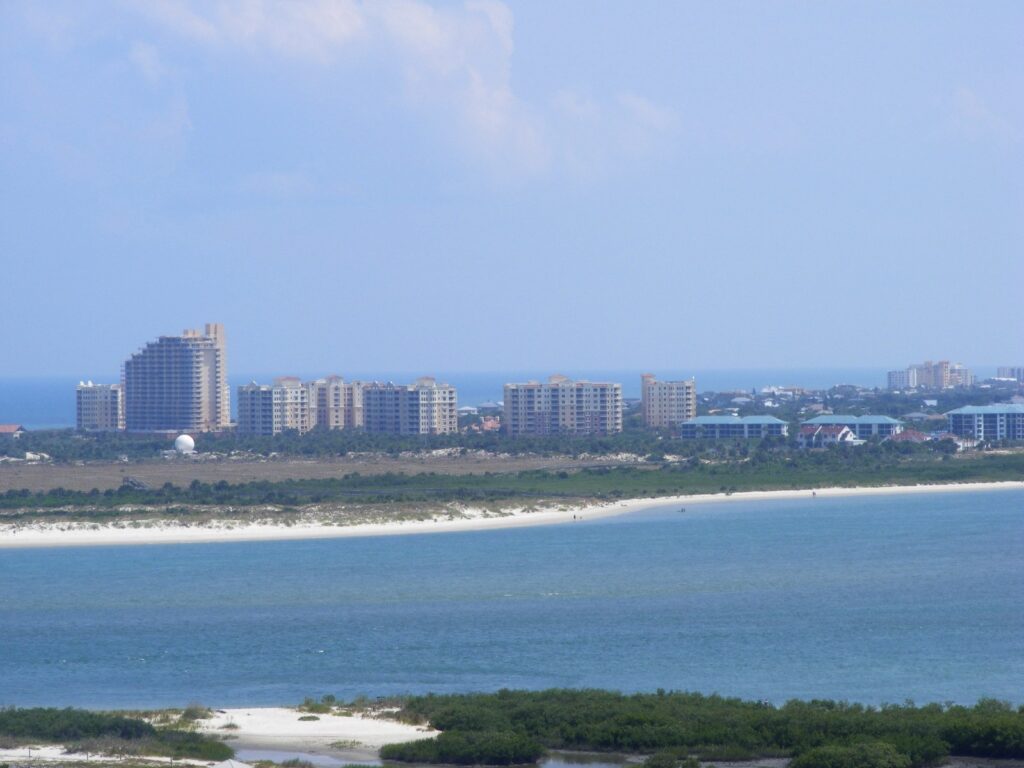
Often called the “shark attack capital of the world,” New Smyrna Beach has recorded more incidents than anywhere else globally. Located in Volusia County and developed as a seaside resort in the early 20th century, it draws thousands of surfers yearly. The Ponce de Leon Inlet, built in 1887 to improve navigation, creates strong currents that attract baitfish, and sharks follow. Most bites are minor, but the sheer frequency has made this a hotspot for blacktip and spinner shark encounters close to shore.
2. Cocoa Beach, Florida
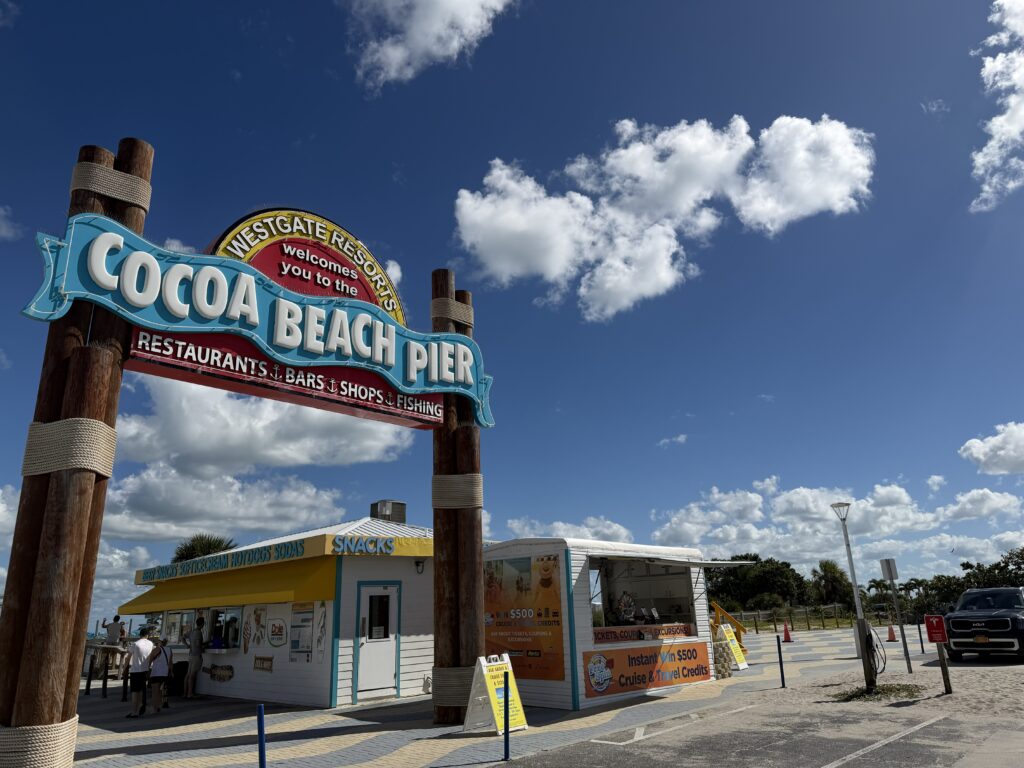
Built up as a tourist hub in the 1960s, Cocoa Beach flourished during NASA’s space boom, just miles from Cape Canaveral. Its warm Atlantic waters are beloved by surfers, yet they’re also prime feeding zones for small shark species like blacktips and spinners. The shallow sandbars and abundant baitfish make for ideal hunting grounds. While fatal incidents are exceedingly rare, Cocoa Beach consistently ranks among Florida’s top locations for reported shark bites, often involving surfers during dawn and dusk.
3. Daytona Beach, Florida

Since its establishment as a resort city in the late 1800s, Daytona Beach has been known for its wide shoreline and surfable waves. However, the same nutrient-rich waters that attract schools of fish also lure sharks. With its proximity to the Ponce Inlet, shared with New Smyrna Beach, shark activity is naturally high. Most incidents here involve minor bites to feet or hands, but they occur often enough to make Daytona one of the most frequently reported sites in the U.S. for shark encounters.
4. Myrtle Beach, South Carolina
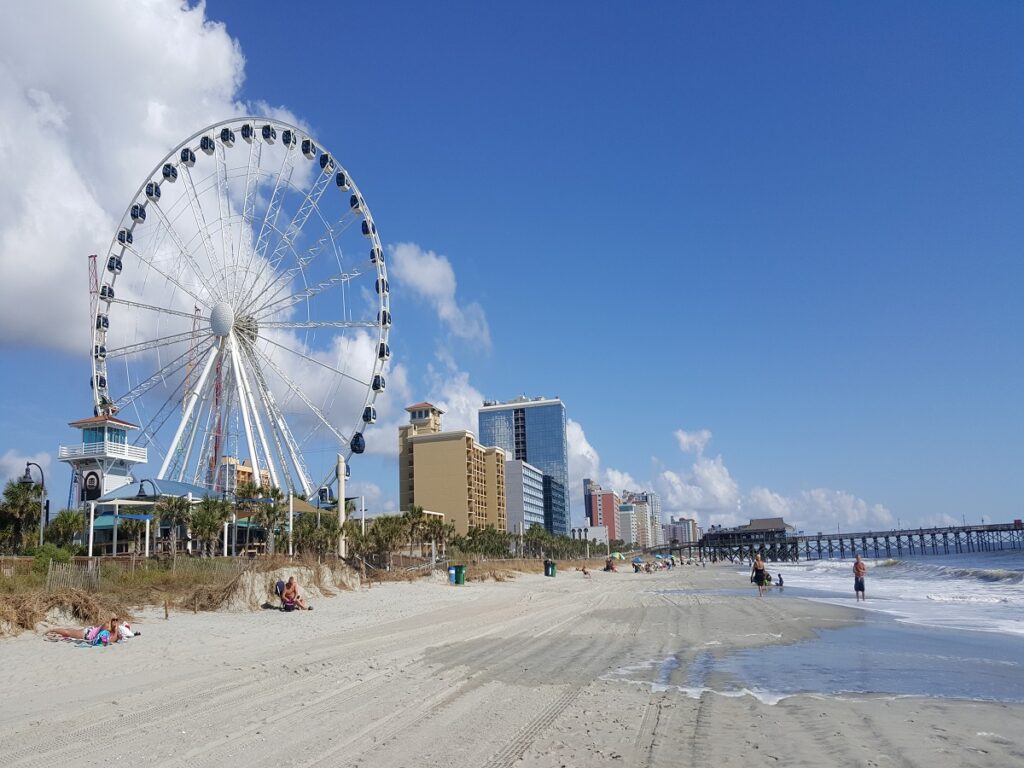
Developed as a family vacation spot in the early 1900s, Myrtle Beach now sees over 19 million visitors each year. The warm Gulf Stream and plentiful fishing activity nearby attract blacktip and sandbar sharks close to the shore. While lifeguards and patrols keep a constant watch, occasional encounters still make headlines. The city’s artificial reefs, built in the late 20th century to enhance marine habitats, may also unintentionally draw in predators chasing schools of smaller fish in the area.
5. Ka’anapali Beach, Maui, Hawaii
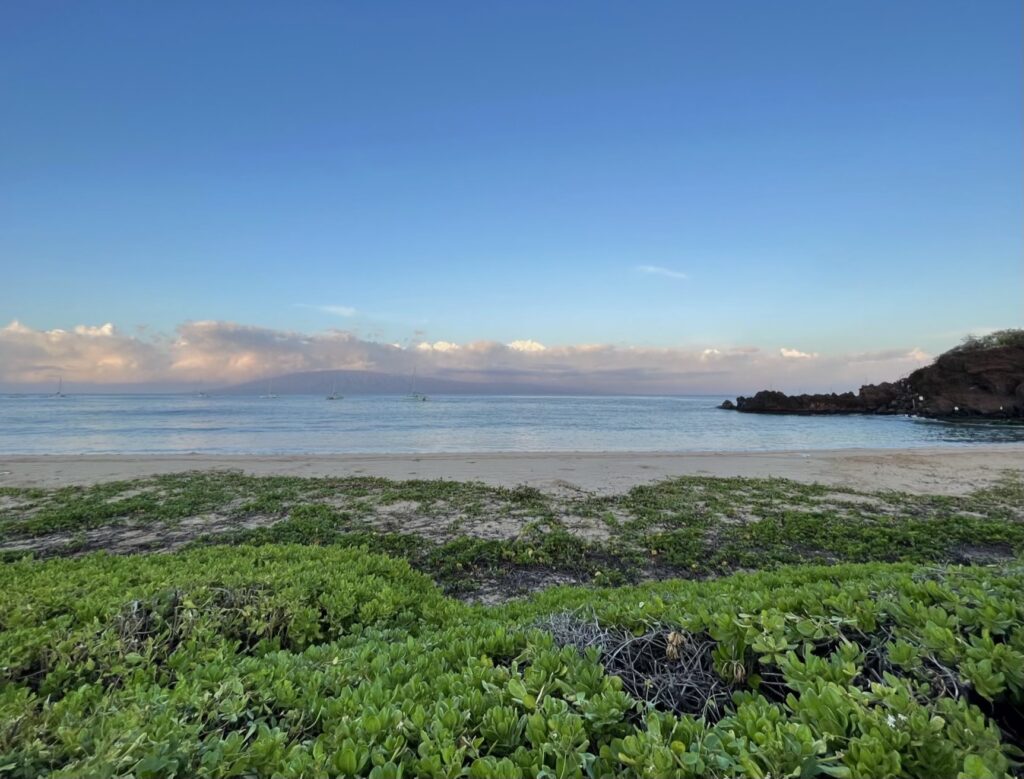
Once a retreat for Hawaiian royalty, Ka’anapali was developed as a resort destination in 1962 and is now one of Maui’s most famous beaches. The clear Pacific waters are stunning, but the area has a notable record of shark attacks, particularly from tiger sharks. The nearby Lahaina Harbor and rich reef system attract a variety of marine life, making it a natural hunting ground. Authorities routinely issue advisories after sightings, but most visitors still safely enjoy the idyllic, shark-inhabited waters.
6. Oahu’s North Shore, Hawaii
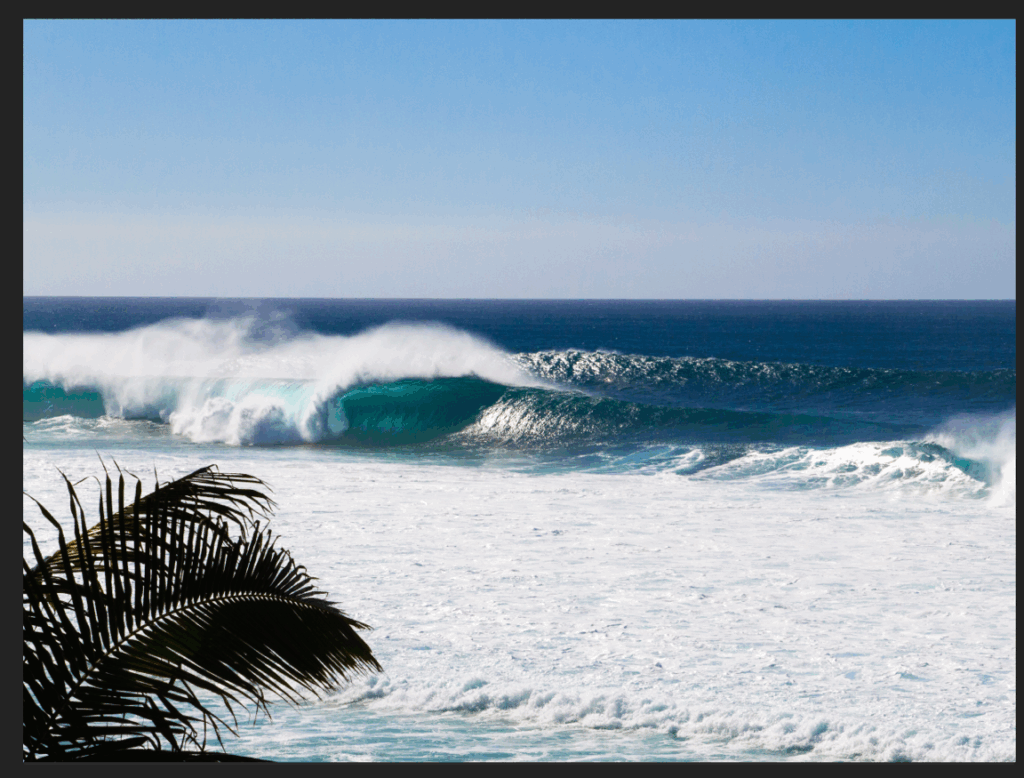
Renowned worldwide for its legendary surf breaks, Oahu’s North Shore became popular after the 1950s surf boom. The waters are home to tiger and Galapagos sharks, often drawn by the abundance of turtles and reef fish. Haleiwa and Sunset Beach are particularly noted for sightings. Despite Hawaii’s robust monitoring systems, attacks occasionally occur during high surf seasons. Experts emphasize avoiding murky water and swimming at dusk times when sharks feed most actively along this spectacular stretch.
7. Surf City, North Carolina
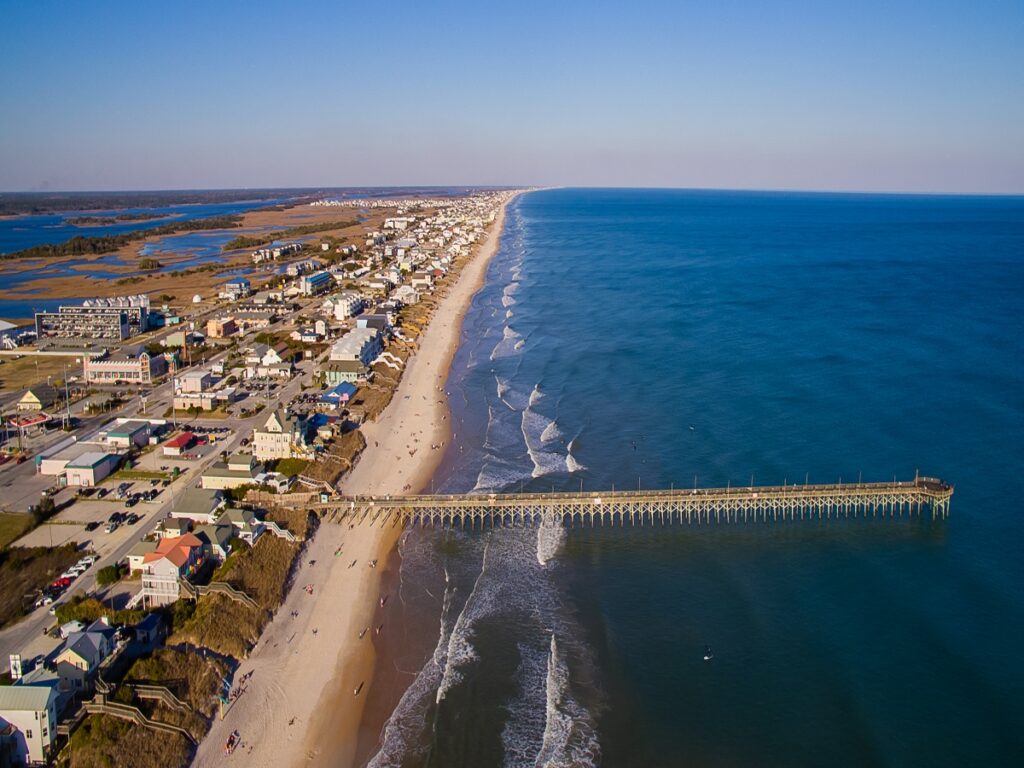
Built as a small fishing community in the 1940s, Surf City has since grown into a tranquil getaway on Topsail Island. Yet, it has also seen its share of shark encounters. The shallow inshore waters, teeming with baitfish and mullet, attract blacktip and spinner sharks during summer. Researchers from the University of North Carolina note that increased coastal development and warmer ocean temperatures may be drawing sharks closer to shore, raising the frequency of sightings and occasional bites.
8. Rehoboth Beach, Delaware
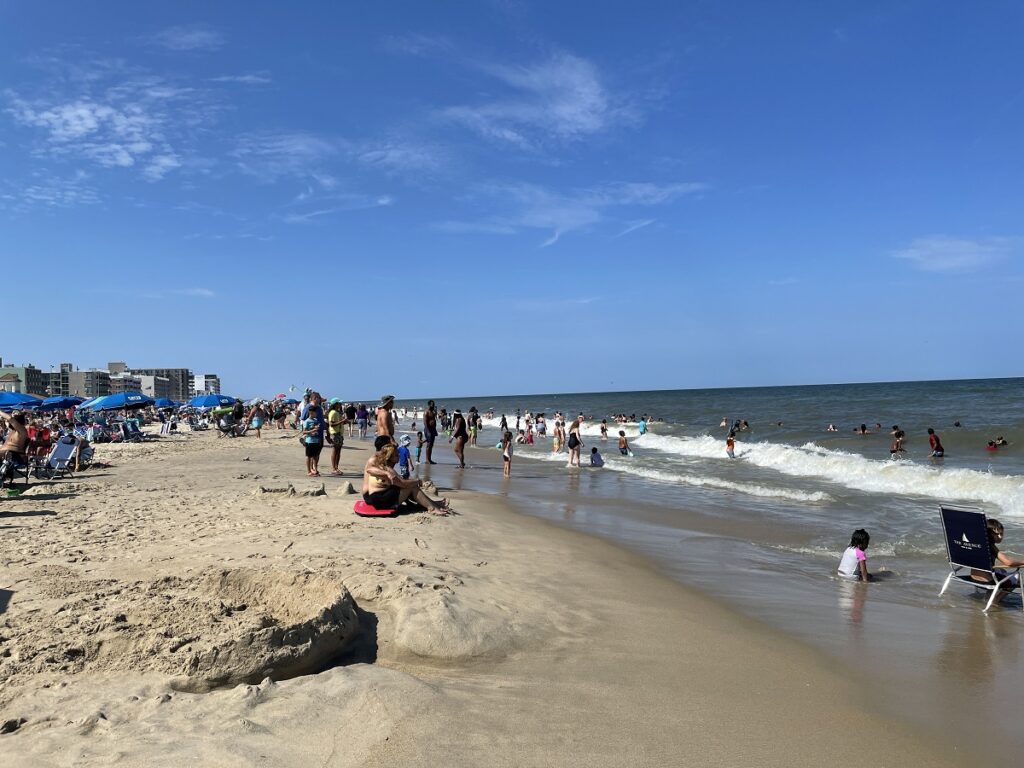
Developed in the late 19th century as a Methodist camp meeting site, Rehoboth Beach now stands as one of Delaware’s most popular summer destinations. The area’s location along migratory paths of sandbar and dusky sharks contributes to sporadic incidents. While serious attacks are rare, the Delaware Bay’s turbid water can reduce visibility, increasing the likelihood of mistaken bites. Seasonal fishing activity near the jetties and piers further attracts marine predators closer to the swimming zones.
9. Bolinas Beach, California
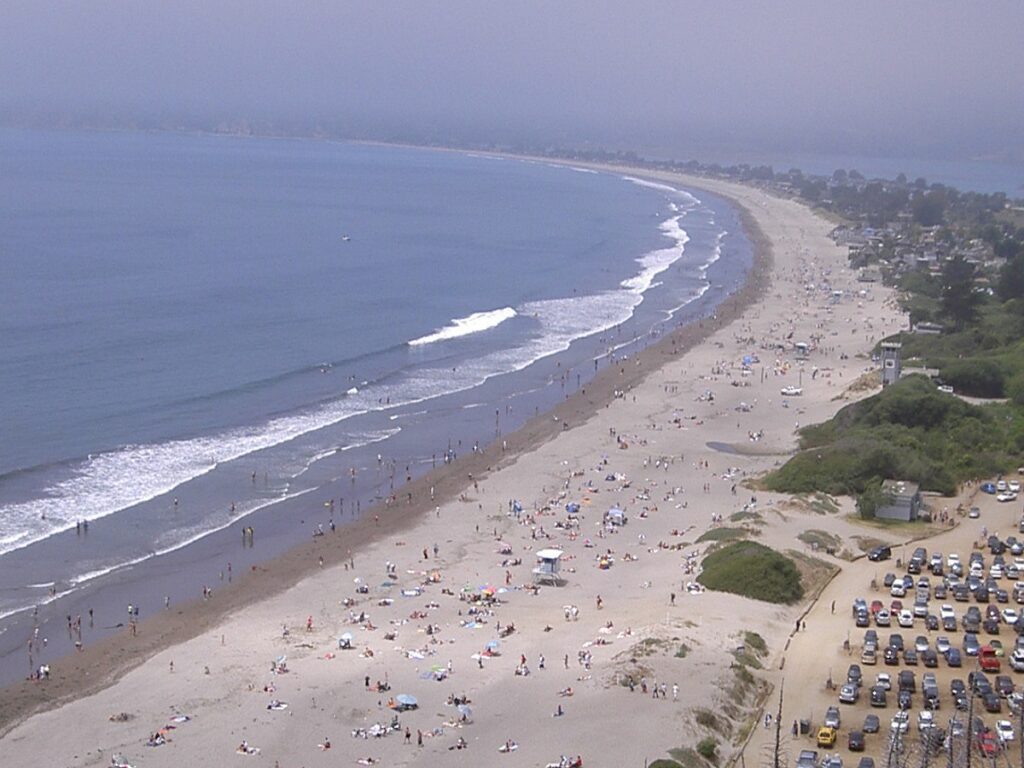
Situated north of San Francisco, Bolinas Beach was first established as a coastal settlement in the 1850s. Today, it’s famous among surfers and for its proximity to the “Red Triangle,” an area notorious for great white shark activity. The triangle’s cold, nutrient-rich waters support seals and sea lions, a favorite prey of great whites. Most encounters occur between August and October when sharks migrate southward. Despite the risk, Bolinas remains a serene and beautiful stretch of California’s rugged coast.
Comments